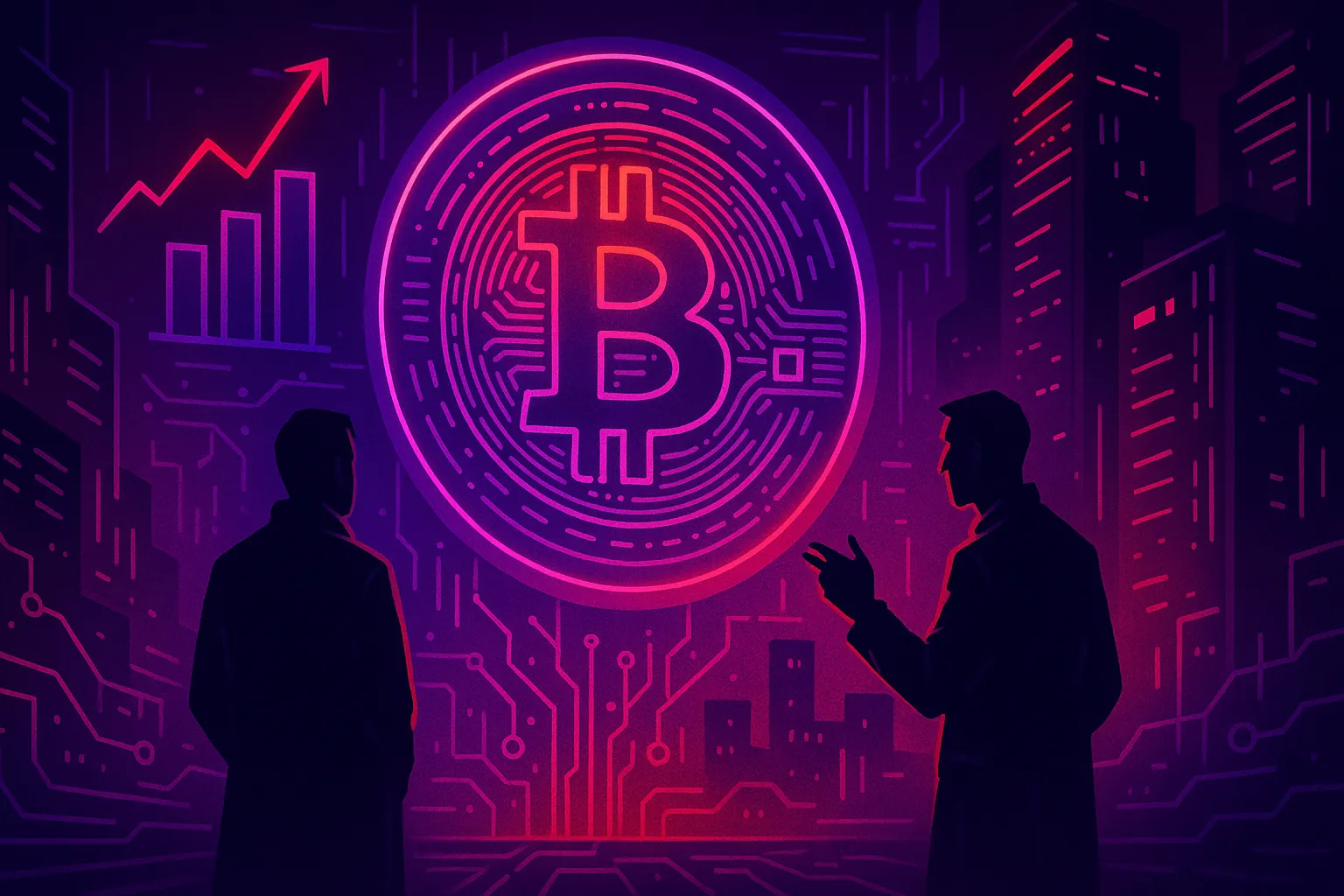The recent announcement of a $2,000 Tariff Dividend by President Trump has sparked a lively debate among economists and market analysts. As the administration seeks to boost consumer spending, concerns about inflation and its broader economic implications are taking center stage. The source reports that many experts are divided on whether this measure will effectively stimulate the economy or lead to unintended consequences.
Overview of the Proposed Tariff Dividend
The proposed Tariff Dividend is designed to provide immediate financial relief to consumers, potentially encouraging increased spending in the economy. However, experts caution that similar past initiatives led to significant inflationary pressures, raising questions about the sustainability of such measures. These initiatives include:
- Stimulus checks issued during the pandemic
- Other financial relief programs
Market Analysis and Implications
Market analysts are closely monitoring how this dividend might influence interest rates and overall financial markets. With inflation fears looming, there is speculation that the Federal Reserve may need to adjust its monetary policy in response to the increased consumer spending that the dividend aims to generate. As the situation unfolds, the economic landscape remains uncertain, prompting a careful examination of the potential long-term effects of this initiative.
The recent discussions surrounding President Trump's $2,000 Tariff Dividend coincide with the US Supreme Court's deliberation on the legality of his tariffs. For more details, see Supreme Court Case.








